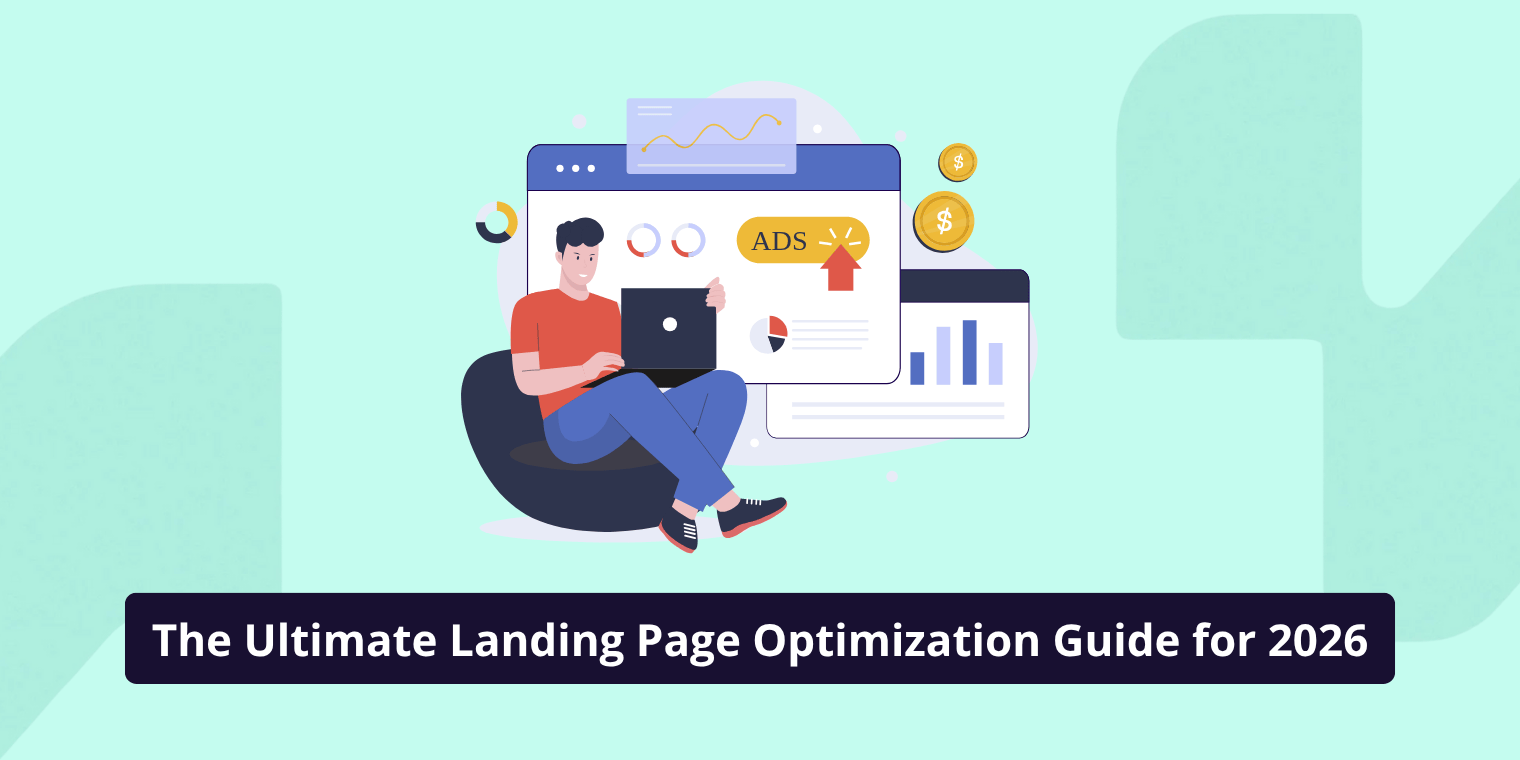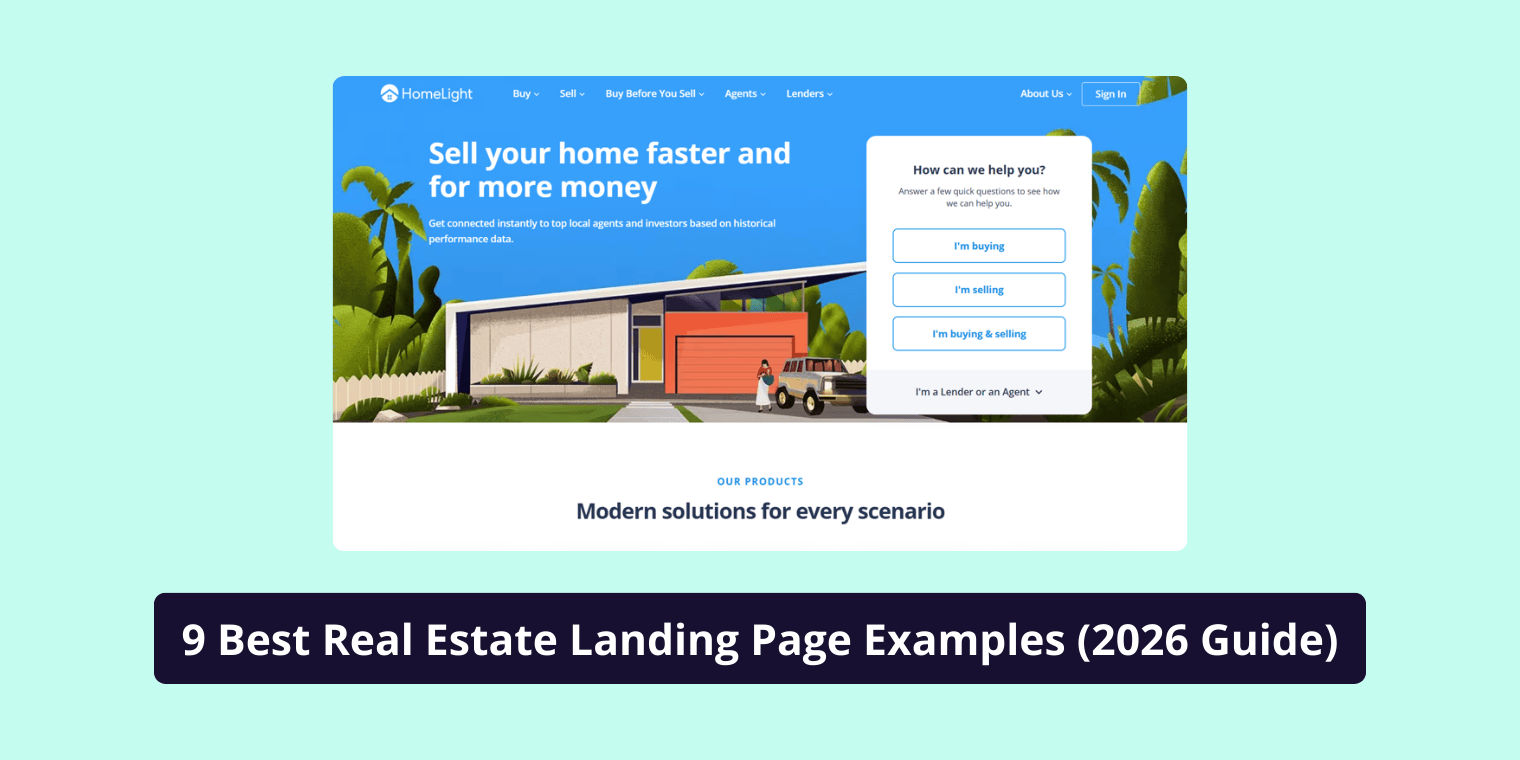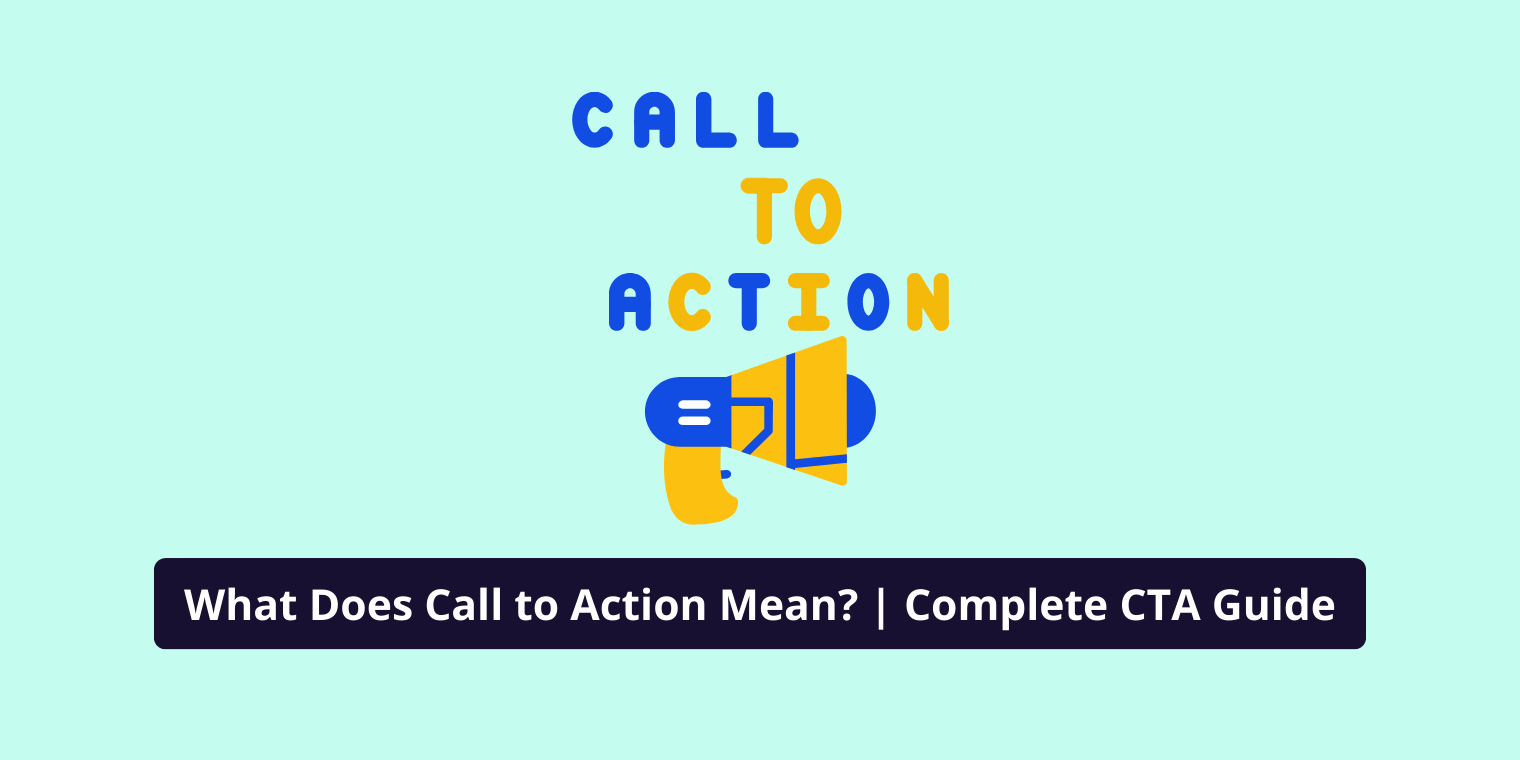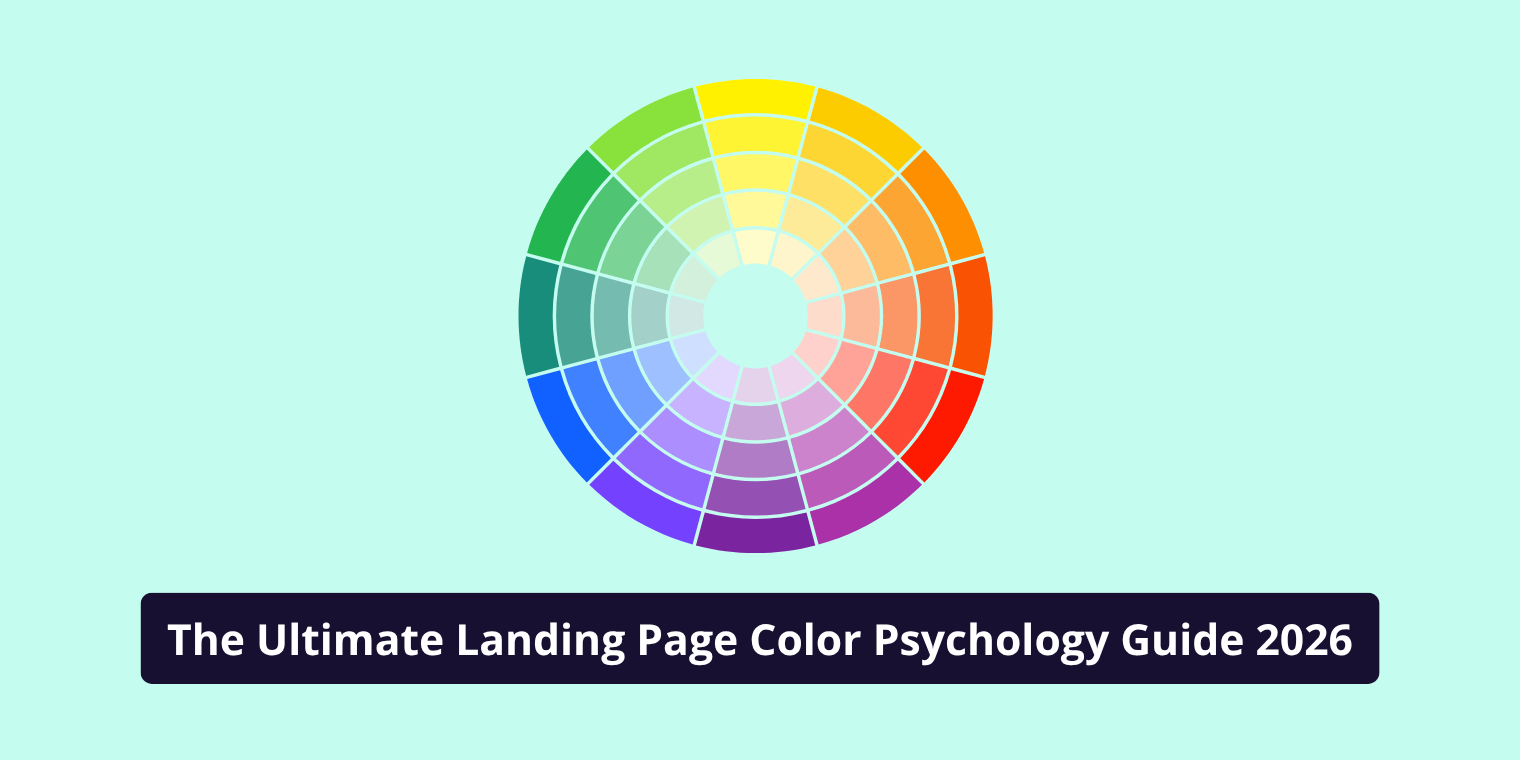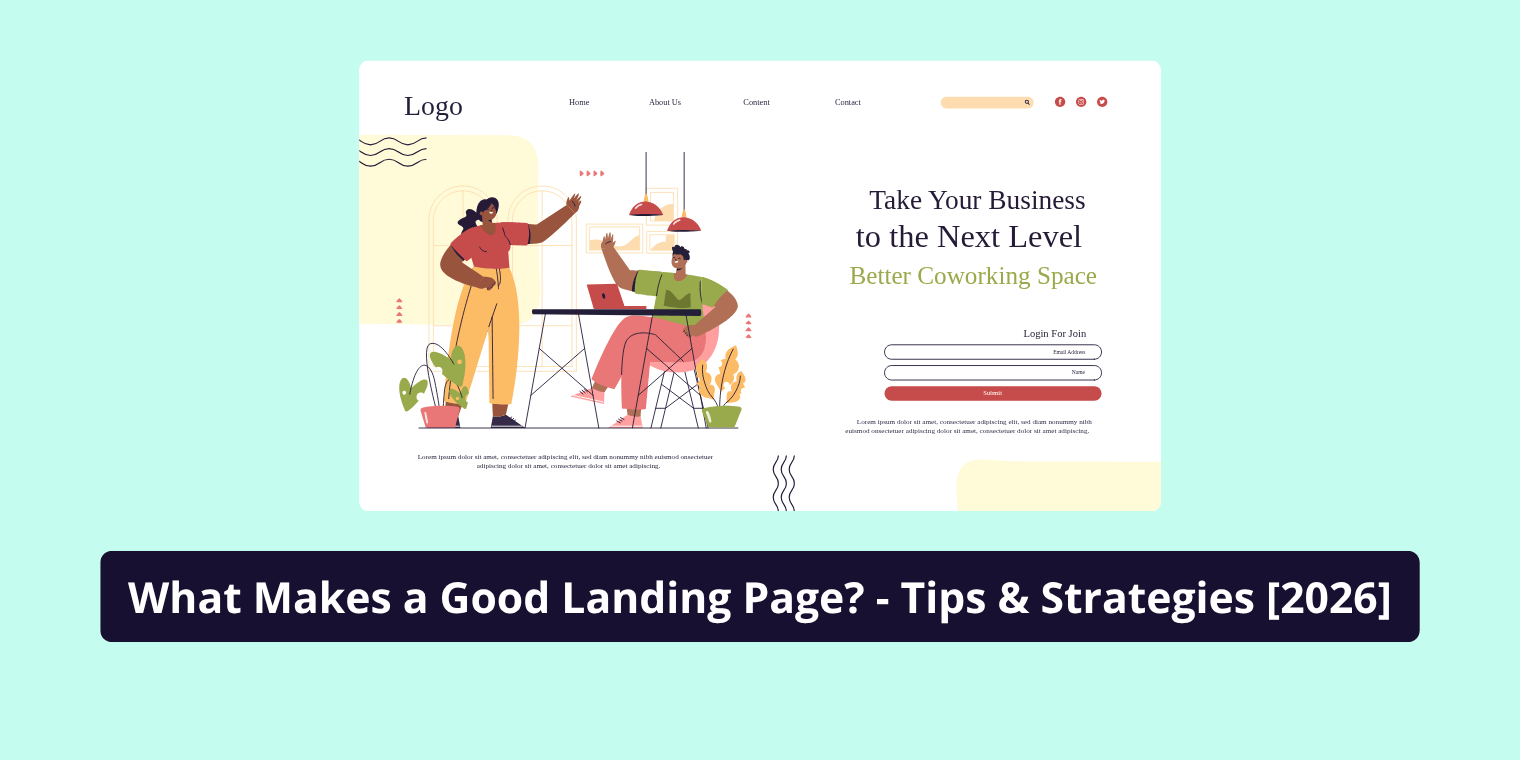In digital marketing, every click counts. You can have the best ads, the perfect SEO strategy, and even a great offer but if your landing page doesn’t convert, all your effort goes to waste. Landing page optimization (LPO) is the process of refining every element on a landing page to boost conversions, improve user experience, and ultimately drive more business from your digital traffic.
What Is Landing Page Optimization?
Landing page optimization (often abbreviated as LPO) is the science and art of improving a landing page’s design, content, and user experience to increase conversions. Conversions can mean different things depending on your goals: signing up for a newsletter, downloading a free guide, scheduling a demo, or making a purchase.
Unlike a homepage, which serves multiple purposes and links to different areas of a website, a landing page focuses on one clear objective to persuade a visitor to take a single action. Optimization involves testing and tweaking headlines, images, forms, calls-to-action (CTAs), and other on-page elements to maximize results.
At its core, landing page optimization combines user psychology, data analytics, and marketing strategy to make every visitor’s journey as smooth and persuasive as possible.
Why Landing Page Optimization Matters
You can drive all the traffic in the world, but if your landing page doesn’t convert, that effort goes to waste. An optimized landing page can be the difference between a campaign that breaks even and one that delivers a strong return on investment.
Studies consistently show that businesses investing in landing page optimization see conversion lifts of 20–50%. That’s because small changes a better headline, a clearer CTA, or a faster load time can have an outsized impact on user behavior. A single second delay in page load time can reduce conversions by up to 7%.
Beyond conversion rates, optimized landing pages improve your user experience (UX), reduce bounce rates, and build trust. They guide visitors seamlessly through the sales funnel, reinforcing your brand credibility along the way.
Understanding the Goal of a Landing Page
| Landing Page Type | Primary Goal | Best Used For |
|---|---|---|
| Lead Generation Page | Capture contact details | Newsletter signups, free trials |
| Click-Through Page | Warm up users before checkout | SaaS or e-commerce |
| Product Page | Highlight product benefits | Direct sales |
| Event / Webinar Page | Increase registrations | Live events, workshops |
A landing page isn’t just another page on your website it’s a focused destination built with one purpose: to convert. Unlike a homepage, which serves multiple audiences and goals, a landing page targets a specific audience segment and pushes a single call to action (CTA).
There are several types of landing pages, such as:
- Lead generation pages — used for collecting information like email addresses or phone numbers.
- Click-through pages — used to warm up visitors before directing them to a checkout or signup page.
- Product landing pages — focused on showcasing and selling a particular product or service.
- Event or webinar registration pages — designed to drive signups.
Before optimizing, it’s crucial to define what conversion means for your page. Is it completing a form, making a purchase, or subscribing to a newsletter? Once your goal is clear, you can optimize every element around achieving that specific outcome.
Core Elements of a High-Converting Landing Page
A successful landing page balances design, messaging, and psychology. While every page will look different depending on its purpose, there are universal elements that consistently drive better performance.
1. A Clear and Relevant Headline
Your headline is the first thing visitors see and often the deciding factor for whether they stay or leave. It should immediately communicate the benefit of your offer and align perfectly with the ad or search result that brought users there.
Example: Instead of “Sign Up for Our Software,” try “Boost Your Productivity by 30% with Our All-in-One Management Tool.”
2. Persuasive and Concise Copy
Keep your text simple, engaging, and customer-focused. Avoid jargon and emphasize outcomes, not features. Focus on what the user will gain, such as saving time, improving efficiency, or making money.
3. Strong Call-to-Action (CTA)
Your CTA is the ultimate conversion trigger. It should be visually distinct, action-oriented, and emotionally motivating. Phrases like “Get Started Free” or “Book Your Consultation” tend to outperform generic ones like “Submit.”
4. Trust Signals
Social proof is one of the most powerful conversion tools. Use testimonials, client logos, security badges, and clear privacy policies to reassure visitors that their data and decisions are safe.
5. Optimized Form Design
Keep forms short and friction-free. Only ask for essential information, and use smart form fields or autofill when possible.
6. Fast Load Speed and Mobile Responsiveness
More than half of web traffic now comes from mobile devices, so your landing page must load quickly and adapt to any screen size. A one-second delay in mobile load speed can drastically reduce conversions.
When all of these elements work together design, messaging, and usability your landing page feels effortless to navigate and persuasive by nature.
How to Optimize Your Landing Page: Step-by-Step
| Step | Action | Key Tools / Metrics |
|---|---|---|
| 1 | Define a single conversion goal | Conversion rate, form completions |
| 2 | Analyze user behavior | Hotjar, Microsoft Clarity |
| 3 | Run A/B Tests | Google Optimize, VWO |
| 4 | Improve speed & mobile UX | PageSpeed Insights, GTmetrix |
| 5 | Track & refine | Google Analytics 4 |
Optimization is not a one-time task; it’s a continuous process of testing, learning, and refining. Here’s how to approach it strategically.
Step 1: Define Your Goal
Every landing page should have a single, measurable goal whether it’s lead generation, product purchase, or sign-up. A clear goal allows you to design and write with purpose.
Step 2: Analyze User Behavior
Use heatmaps, scroll tracking, and session recordings (via tools like Hotjar or Crazy Egg) to see how users interact with your page. Identify where they click, how far they scroll, and where they drop off.
Step 3: Run A/B Tests
Don’t rely on assumptions. Test different versions of your headlines, CTAs, images, or layouts. Even minor variations can uncover significant improvements in conversion rate.
Step 4: Optimize for Speed and Mobile
Tools like Google PageSpeed Insights and GTmetrix can help identify what’s slowing down your page. Compress images, reduce scripts, and ensure mobile users get the same smooth experience as desktop visitors.
Step 5: Track and Refine
Use Google Analytics or other CRO dashboards to monitor performance over time. Track conversion rate, bounce rate, average time on page, and click-through rate (CTR) to measure impact.
Optimization is a cycle the more data you collect, the more you can improve.
Advanced Strategies for Maximizing Conversions
| Strategy | Description | Conversion Impact |
|---|---|---|
| Personalization | Adapts content to user context | Higher engagement & relevance |
| Multi-Step Forms | Breaks form into smaller steps | Reduces friction |
| AI Optimization | Uses algorithms to test variations | Faster testing & insights |
| Storytelling | Adds emotional connection | Stronger user trust |
Personalization
Use dynamic content that adapts to the visitor’s location, source, or previous behavior. For example, display “Welcome back!” or show region-specific pricing.
Landing Page Funnels
Guide users through a series of steps rather than asking for too much upfront. Multi-step forms often convert better because they feel less intimidating.
Heatmaps and Session Recordings
Regularly analyze user interactions to identify friction points. If users abandon your form halfway, it’s a signal to simplify it.
AI-Powered Optimization
Modern tools use AI to test variations, write copy, or personalize experiences in real-time. Platforms like Unbounce’s Smart Traffic or Optimizely can automate this process.
Psychological and UX Principles Behind Conversions
Optimization isn’t just technical it’s psychological. Understanding how users think and decide can dramatically boost conversions.
Color Psychology
Colors influence emotion and action. Red and orange can create urgency, while blue and green inspire trust and calmness. Choose your palette intentionally.
The Fogg Behavior Model
According to BJ Fogg, user action depends on three factors: motivation, ability, and trigger. A landing page must make it easy to act (ability), create desire (motivation), and prompt action (trigger).
Trust and Transparency
Show real people, clear pricing, and honest messaging. Hidden fees or vague claims create friction. Include a visible privacy policy and genuine testimonials.
Cognitive Biases
Use persuasion ethically. Highlight scarcity (“Only 10 spots left!”), social proof (“Trusted by 5,000+ businesses”), and authority (“Featured in Forbes”).
Use FOMO (Fear of Missing Out)
Limited-time offers or countdown timers encourage users to act fast. However, always use them ethically fake urgency can damage trust.
Storytelling and Emotion
People buy emotionally and justify logically. Tell a brief, relatable story about how your product solves a real problem.
These strategies tap into human motivation and make your landing page more persuasive without feeling “salesy.”
SEO Optimization for Landing Pages
While landing pages are often designed for paid advertising campaigns, optimizing them for SEO ensures they attract long-term, sustainable organic traffic. A well-optimized landing page not only ranks for high-intent keywords but also builds trust and authority in your niche.
Keyword Placement
Effective keyword placement is the foundation of an SEO-friendly landing page. Use your primary keyword naturally in the main headline (H1), subheadings (H2/H3), and within the first 150 words of your copy.
Incorporate long-tail and semantic keywords that reflect real user intent for example, instead of only targeting “landing page optimization,” include variations like “how to improve landing page conversions” or “best landing page optimization techniques.”
Avoid keyword stuffing; focus on writing naturally while ensuring search engines clearly understand the page topic and purpose.
On-Page SEO Elements
Each landing page should have a unique meta title and description tailored to the offer or campaign. Your title should grab attention while staying under 60 characters, and your meta description should provide a clear reason to click within 155–160 characters.
Use descriptive alt text for all images to improve accessibility and help search engines understand visual content.
Ensure your URL structure is short, readable, and keyword-rich for instance:
example.com/landing-page-optimization instead of example.com/page?id=1234.
Also, use structured headers (H1-H3) to make your content scannable and SEO-friendly.
Schema Markup for Rich Snippets
Implementing schema markup enhances your page’s visibility in search results.
Use FAQ schema for question-based sections (like “How to make a successful landing page?”), Review schema for product or service testimonials, and Product schema for offer-specific pages.
Schema helps Google understand your content type and increases your chances of earning rich snippets, which can boost your click-through rate (CTR).
Internal Linking
Internal links help distribute authority across your website and guide visitors toward related resources.
Link to relevant blog posts, case studies, or service pages that support your landing page topic. For example, if your landing page promotes CRO services, link to a related blog like “10 A/B Testing Tools for Marketers.”
Keep anchor text descriptive and natural, such as “conversion rate optimization strategies” instead of “click here.”
This approach not only improves SEO but also enhances user experience and engagement.
Technical and UX SEO Considerations
Beyond content, technical performance plays a critical role in SEO success. Ensure your landing page:
- Loads in under 3 seconds (use tools like Google PageSpeed Insights).
- Is fully mobile responsive and functions smoothly on all devices.
- Uses SSL encryption (HTTPS) for security and trust.
- Has clean HTML and minimal unnecessary scripts to improve crawlability.
Google values user experience as a ranking factor, so optimizing speed, accessibility, and mobile usability directly supports both SEO and conversions.
Case Studies: Real World Examples
The best way to understand landing page optimization is through results. Below are a few real-world case studies that show how small, strategic changes can produce big conversion lifts.
1. SaaS Startup Boosts Signups by 35% with a Simpler CTA
A SaaS company offering a free trial noticed that their conversion rate had plateaued. Their main CTA read “Start Free Trial,” which sounded standard but uninspiring.
After running an A/B test, they changed the button text to “Get My Free Account” and adjusted the form design to display a short, friendly subheadline: “No credit card required.”
The result? A 35% increase in trial signups within two weeks. The personalized language (“My”) and removal of friction words created a more user-friendly experience.
Takeaway: Even minor changes in copy and perceived effort can significantly affect conversions.
2. E-Commerce Brand Reduces Bounce Rate by 22% with Trust Badges
An online skincare retailer struggled with high cart abandonment. Heatmap analysis showed that users were dropping off just before checkout.
The team discovered a lack of visible trust signals no SSL badges, refund policy reminders, or customer reviews near the payment button.
They added “Secure Checkout” icons, a money-back guarantee statement, and a few testimonial quotes right below the “Buy Now” button.
Within one month, their bounce rate decreased by 22%, and sales grew by 14%.
Takeaway: Trust signals and social proof near conversion points reassure visitors and reduce hesitation.
3. Real Estate Agency Gains 27% More Leads with Localized Copy
A real estate agency running Google Ads for “Luxury Homes in Miami” used a generic landing page that didn’t mention any specific locations.
By revising the page headline to “Explore Luxury Homes in Miami’s Best Neighborhoods” and adding local imagery, testimonials from Miami clients, and Google Maps integration, the conversion rate jumped by 27%.
Takeaway: Localization and relevance are powerful. Customized your content to the visitor’s city or region to make your offer more relatable and trustworthy.
4. Online Course Platform Increases Enrollment by 29% Using Video Testimonials
An e-learning brand offering marketing courses saw engagement but low enrollments. Their analytics revealed users stayed for 30 seconds but didn’t scroll below the fold.
They replaced static testimonials with a short 1-minute video of real students sharing success stories, positioned directly below the hero section.
After implementing this change, enrollment rates increased by 29%, and time-on-page rose by 42%.
Takeaway: Videos build emotional trust faster than text and demonstrate authenticity.
Key Insight Across All Case Studies
Regardless of industry, the most successful optimizations shared a few common traits:
- They focused on user intent rather than company goals.
- They tested one element at a time and let data guide decisions.
- They leveraged trust, clarity, and simplicity over flashy design.
The lesson is clear: effective landing page optimization doesn’t require complex changes just consistent, thoughtful improvements grounded in real user behavior.
Top Landing Page Optimization Tools
There’s a range of tools designed to make optimization faster and more efficient. Some of the most popular include:
- Unbounce: A user-friendly builder with built-in A/B testing and AI content tools.
- Instapage: Great for larger teams that want dynamic content and heatmap analytics.
- Leadpages: Ideal for marketers looking for quick, conversion-focused templates.
- HubSpot Landing Pages: Perfect for integrating lead capture with CRM and email automation.
- Google Optimize (or its successors): A free and powerful tool for running A/B and multivariate tests.
Using these tools can streamline your optimization process from design tweaks to in-depth performance tracking.
Common Landing Page Optimization Mistakes (and How to Fix Them)
| Common Mistake | Why It Hurts Conversions | How to Fix It |
|---|---|---|
| Too Many CTAs | Confuses visitors | Use one clear primary CTA |
| Slow Load Speed | Causes user drop-off | Compress images, use CDN |
| Unclear Headlines | Low message match | Focus on benefits & clarity |
| No Social Proof | Reduces trust | Add testimonials & client logos |
| Ignoring Mobile | Poor UX for mobile users | Test responsiveness regularly |
Even experienced marketers make errors that silently kill conversions. Here are the most common ones to avoid:
- Too Many CTAs: A landing page should have one primary action. Multiple options confuse users and dilute focus.
- Slow Load Times: Compress images, use a CDN, and minimize scripts to boost speed.
- Unclear Headlines: Visitors should understand your offer within seconds.
- Ignoring Mobile Users: Always preview and test your page on different devices.
- Skipping A/B Testing: Without testing, you’re guessing. Even small tests can lead to major performance boosts.
Each fix brings you closer to a page that not only looks good but converts consistently.
Measuring Landing Page Performance
To know whether your optimization efforts are working, focus on measurable results. Key metrics include:
- Conversion Rate: The percentage of visitors who complete your desired action.
- Bounce Rate: How many users leave after viewing only one page.
- Average Time on Page: Indicates engagement and relevance.
- Click-Through Rate (CTR): Shows how effective your CTAs are.
- Cost per Conversion: Helps measure the ROI of paid campaigns.
Use analytics platforms and heatmaps to track behavior trends, and don’t forget to compare metrics before and after making changes.
When to Hire a Professional for Landing Page Optimization
Sometimes, bringing in experts can accelerate results. If you’ve tried multiple changes without improvement, or if your campaigns involve high ad spend, hiring a landing page optimization agency may be worth it.
A professional team can:
- Audit your existing landing pages.
- Redesign with CRO best practices.
- Run structured A/B and multivariate tests.
- Deliver monthly reports and ROI tracking.
Agencies often offer tiered packages from basic audits to ongoing optimization plans depending on your goals and budget.
Key Points: Landing Page Optimization (LPO)
- Purpose of LPO: Enhances landing page design, content, and UX to increase conversions, whether that means signups, purchases, or downloads.
- Why It Matters: Even small improvements like faster load times or better CTAs can lift conversions by 20–50%.
- Core Principle: Every landing page should have a single, focused goal and guide visitors toward one clear action.
- Essential Elements:
- Clear, benefit-driven headline
- Persuasive and concise copywriting
- Strong, action-oriented CTA
- Trust signals like testimonials and badges
- Fast loading and mobile responsiveness
- Optimization Process:
- Define your goal
- Analyze user behavior via heatmaps and analytics
- Run A/B tests
- Improve speed and mobile experience
- Track and refine continuously
- Advanced Strategies:
- Personalization: Dynamic content tailored to each user
- Funnels: Multi-step forms to reduce friction
- AI Tools: Automate testing and personalization
- Behavioral Analysis: Identify and fix drop-off points
- Psychological Triggers:
- Use color psychology strategically
- Build trust and transparency
- Apply cognitive biases ethically (e.g., scarcity, social proof)
- Tell stories to create emotional connection
- Case Study Highlights:
- SaaS Brand: +35% signups by changing CTA copy
- E-commerce: +22% lower bounce rate with trust badges
- Real Estate: +27% more leads using localized copy
- E-learning: +29% enrollments with video testimonials
- Top Tools for LPO: Unbounce, Instapage, Leadpages, HubSpot, Google Optimize
- Common Mistakes to Avoid:
- Multiple CTAs
- Slow load speed
- Unclear headlines
- Ignoring mobile users
- Skipping A/B testing
- Performance Metrics: Focus on conversion rate, bounce rate, CTR, and cost per conversion to measure real results.
- When to Hire Professionals: If in-house tests stagnate or campaigns involve large ad spend, CRO agencies can provide audits, testing, and ongoing optimization.
FAQ’S
1. What is landing page optimization?
Landing page optimization (LPO) is the process of improving a landing page’s design, copy, layout, and user experience to increase conversions. It involves testing elements like headlines, CTAs, forms, and visuals to ensure visitors take the desired action such as signing up, purchasing, or requesting a demo.
2. What is an SEO optimized landing page?
An SEO-optimized landing page is built to rank higher in search engines and convert visitors effectively. It combines relevant keywords, fast load speed, mobile responsiveness, and strong user intent alignment. Optimized metadata, headings, and internal links make it discoverable while persuasive content drives conversions.
3. What does a successful landing page look like?
A successful landing page is clean, fast, and focused on a single goal. It includes a clear headline, persuasive copy, one primary CTA, social proof, and minimal distractions. Every element guides users toward conversion while maintaining trust through testimonials and secure, mobile-friendly design.
4. What are the three types of landing pages?
The three main types of landing pages are:
- Lead generation pages — capture user information through forms.
- Click-through pages — warm up visitors before checkout or signup.
- Sales/product pages — directly promote and sell an offer or product.
Each type is optimized around a single conversion goal.
5. What is the best landing page strategy?
The best landing page strategy focuses on clarity, relevance, and testing. Align your message with user intent, create a strong headline and CTA, and eliminate unnecessary links. Use A/B testing, trust signals, and fast loading speed to continuously improve conversion performance.
6. Which landing page builder is the best?
Some of the best landing page builders include Unbounce, Instapage, Leadpages, and HubSpot. They offer drag-and-drop design tools, built-in A/B testing, and analytics for optimizing conversions. Unbounce and Instapage are especially popular for advanced CRO features and AI-powered personalization.
7. How to make a successful landing page?
To make a successful landing page, define a clear goal, craft a compelling headline, and design a single, visible call-to-action. Add trust elements like testimonials and badges, ensure fast load times, and test variations. Focus on user experience clarity and simplicity drive the best results.
